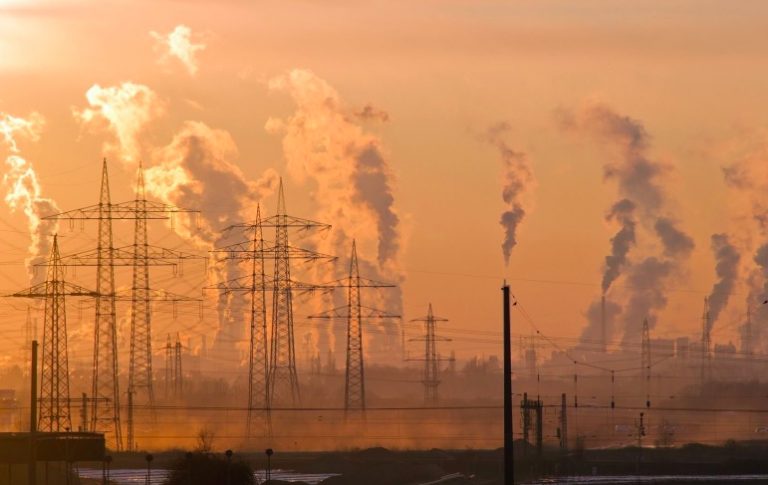Published on February 18, 2020

Mount Marcy, the highest peak in New York State’s Adirondack Park, offers breathtaking views to hikers on a clear day. But despite being hundreds of miles from the nearest smokestack, summer air pollution levels here can sometimes be worse than in Times Square in New York City. “Often you’re going to feel lung burn in a place where you’re expecting the air to be clean and clear,” says John Sheehan, a spokesperson for the Adirondack Council, an environmental advocacy group. The haze in this bucolic setting is emblematic of a larger problem: even though New York has some of the U.S.’s strictest air-quality regulations, it suffers from elevated rates of air-pollution-related illnesses and associated premature mortality. Much of that problem is because of emissions blown in from other states.
Anywhere from 90,000 to 360,000 Americans die prematurely every year because of air pollution, various past studies have estimated. Most reduction efforts to date have focused on curtailing local sources of emissions. But according to a new paper published in Nature, nearly half of premature deaths linked to poor air quality occur beyond the borders of the state where the pollutants or their chemical precursors were released. In the study, the researchers say their findings highlight the need for cooperation among states to address the problem. The Environmental Protection Agency’s Cross-State Air Pollution Rule (CSPAR) mandates such cooperation—but the agency recently denied a petition from New York to aid in dealing with out-of-state pollution sources.
Julian Marshall, a civil and environmental engineer at the University of Washington, who was not involved in the study, says air pollution is “shockingly” bad for human health. Marshall co-authored a November 2019 paper in Environmental Science & Technology showing that in 36 U.S. states, most emissions-related health impacts stem from out-of-state coal-fired power plants rather than other fuel sources. He says an important aspect of the Nature study’s findings is that if pollution affecting states such as New York is largely from elsewhere, it makes it harder for single-state fixes to be effective. “This means we need a multipronged solution if we actually want to address air pollution,” he says. “There’s no getting around that.”
Continue reading at Scientific American.
Originally written by Jim Daley for Scientific American.